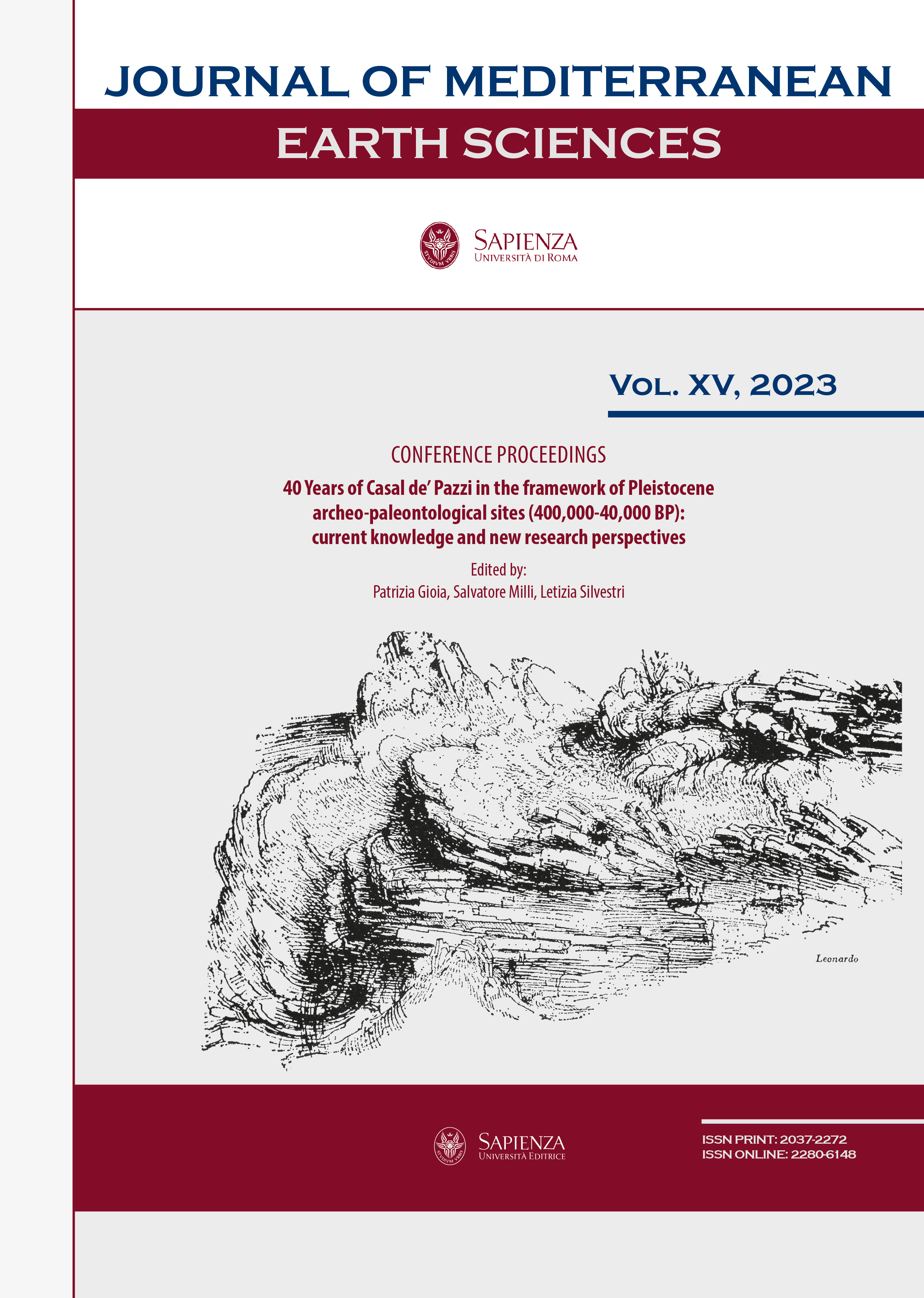Homo heidelbergensis as the Middle Pleistocene common ancestor of Denisovans, Neanderthals and modern humans
DOI:
https://doi.org/10.13133/2280-6148/18074Abstract
Homo sapiens (H. sapiens) originated as a species in Africa during the late Middle Pleistocene (MP). Around the same time, Neanderthals (H. neanderthalensis) emerged in Europe while Denisovans emerged in Asia; in fact, although fossil remains attributed to the so-called Denisovans are still poorly known, ancient DNA data collected in the last decades suggest that they also originated in the MP and were widespread in mainland Asia. These findings indicate that all three of these alleged species share a last common ancestor (LCA) and the same genetic coalescence. This common origin occurred at the onset of the MP, with paleogenetic estimates placing such an event approximately between 1.0 and 0.5 million years ago. Subsequently, during the second half of the MP, the fossil record across Africa and Eurasia exhibits significant variability. Due to the abrupt climatic changes recurring during the MP, this variability can be attributed to local adaptations and/or genetic drift, with the differential survival and extinction of evolutionary lineages. Given this scenario, proper taxonomical identification of the LCA is highly problematic and debated among scholars, leading to the iconic expression “muddle in the middle”. We suggest that the LCA should be identified in a single polymorphic species, whose name should be H. heidelbergensis (given its taxonomic priority) and whose populations have become progressively isolated and differentiated due to climatic and environmental factors. Over time, these different demes (or subspecies), would have developed distinct characteristics and adaptations, leading to local speciation events (speciation in allopatry). Particularly, the transition in Europe from H. heidelbergensis to H. neanderthalensis is exemplified by some fossil specimens, such as those discovered in Central Italy (Latium) and including the significant fragment of a parietal bone found in May 1983 at the site of Casal de’ Pazzi (Aniene Valley), within the present-day city of Rome.
Downloads
Published
How to Cite
License
The submission has not been previously published, nor is it before another journal for consideration (or an explanation has been provided in Comments to the Editor).


